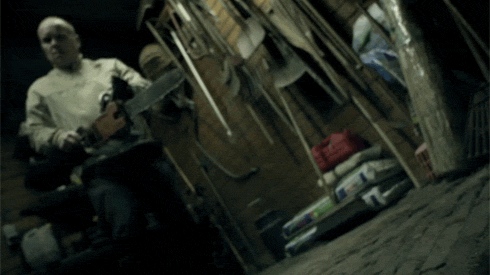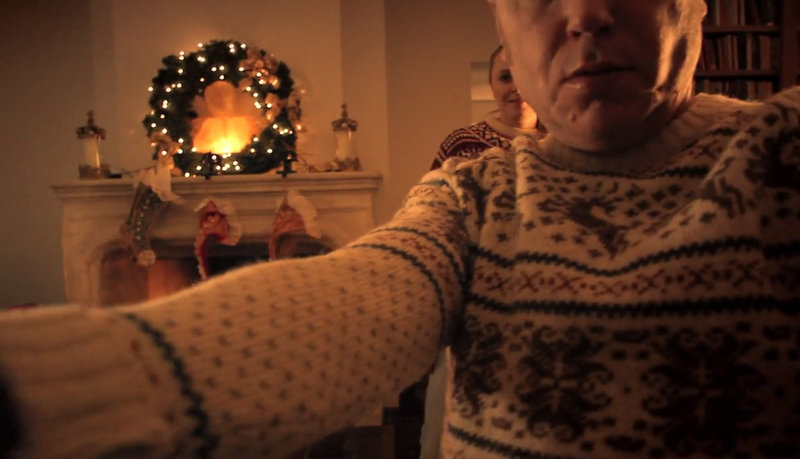Dear Numéro Cinq at the Movies watchers,
My Irish Italian upbringing means I have been raised to understand Christmas as a dark, chaotic, cacophony of strife and love: my grandmother’s idea of Christmas nostalgia was to one year read a letter she had written on Christmas thirty years before, incidentally the year the neighbour had shot himself in his basement. Dark. So my choices for Numéro Cinq at the Movies Christmas editions have been dark.
But it would be insensitive not to recognize that this Christmas / holiday season seems to be in danger of being preempted by sadness, pain, and tragedy. This December is already too dark for many. So I am offering two installments of Numéro Cinq at the Movies: a dark or a light, and you can choose just as you choose your turkey meat.
What follows here is the dark. But I encourage you to see the light as well.
Happy Holidays from the Numéro Cinq at the Movies folks.
–R. W. Gray
[youtube width=”500″ height=”404″]http://www.youtube.com/watch?v=gGHvXSIfcGs[/youtube]
In Andreas Pasvantis’s “December,” we are taken on a terrifying journey of kidnapping and trauma, with a festive finale. All the aesthetics are decidedly horror-ific: the low camera angles, the washed out lighting, the dirty focus, the constant Dutch tilt shots (so the POV seems horizontal or lying down) all build our anxiety. The point of view shots limit what we can see and alter focus so we are inescapably in the action but do not know who we are.
The action is sudden and unexpected: we are attacked with an axe, dragged, covered up, sold into what will certainly be more horror, complete with a chainsaw attack. And what builds our feeling of helplessness is not just that the action comes at us, it’s that we are seen by the people in the film. We are attacked and looked at directly, and this coupling of violence and seeing establishes that we are in a world without compassion.
All along this chain of violence lies the question “how badly will this end?” We are decidedly in the horror genre so we are aware from the start that the ending will be bloody. The last shot is absurdly festive, though, full of beaming faces smiling at us. This scene is perhaps even more violent than the ones before it because all the violences that preceded it build to this insensitive holiday moment. A series of acts of violence and pain that culminate in a festival of insensitivity and smiles.
Holiday movies routinely play off this central tension; the anxiety of the holidays serves both comedy (National Lampoon’s Christmas Vacation) and horror (Black Christmas). I think, though, there’s a more thematic interest here, too. The holiday occurs not long after the darkest day of the year, the lights and gay apparel used to cloak what otherwise might be the most lifeless days of the calendar year. That which is repressed will rise up. This, I suppose, is why we also eat our way through the holidays, to cover up the eventual return of the repressed and stave off the cold and dark waiting outside.
In “December,” we are guided to see the glee and yuletide smiles with a sort of irony; we have seen all the horrors that this holiday scene represses. And because of the use of point of view shots it is our trauma that is covered up with decorations and awful sweaters. But there’s something reassuring about this irony, like finding surprise rum in your eggnog. And this recognition of darkness underlying the holiday lets a little of it out and makes room for the light.
–R. W. Gray


